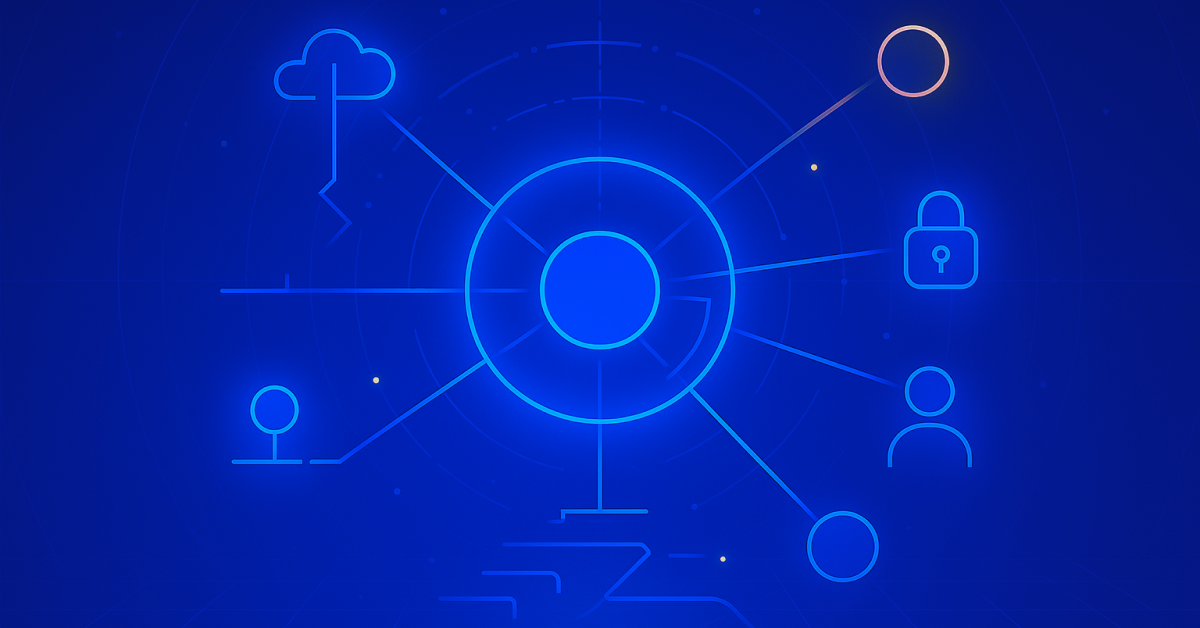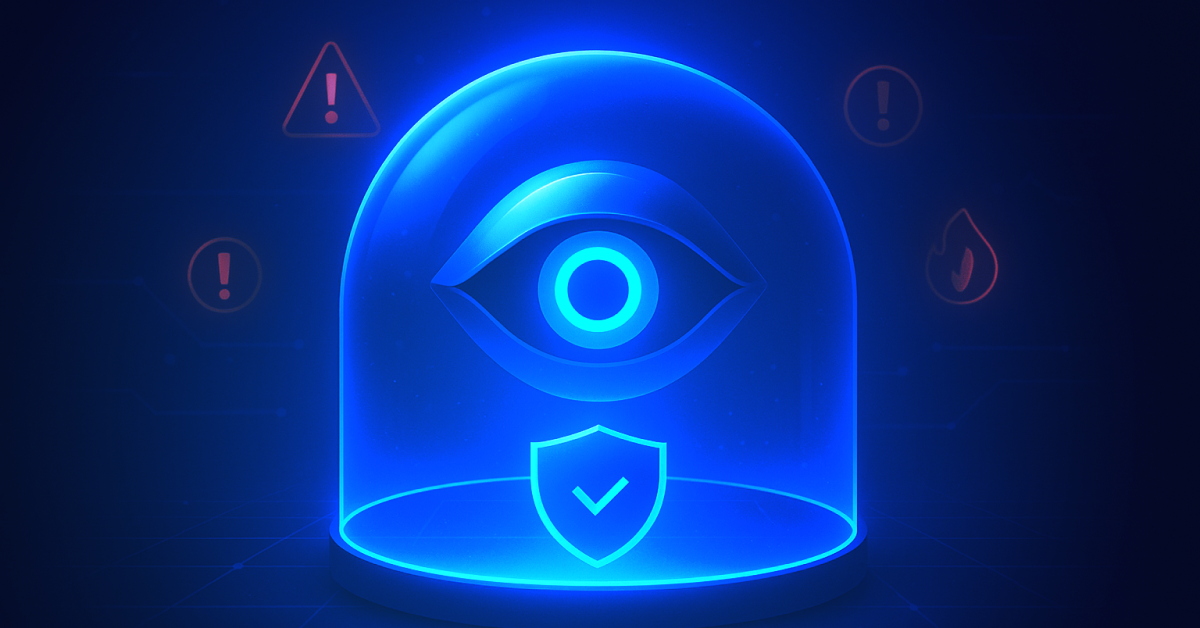What you need to protect your business-critical data
At AppOmni, we work with hundreds of organizations to help implement comprehensive SaaS security programs. Based on the best practices we’ve developed, we’ve put together a SaaS Security Checklist to help organizations understand the necessary components of a comprehensive SaaS security program.

Our checklist is composed of seven sections, each of which describes a key component of SaaS security and explains what to look for in a SaaS Security Posture Management (SSPM) solution. After reviewing the checklist, read on for more detail about the importance of each section.
Configuration Management & Posture Management
Your SaaS security program should provide a complete picture of your security posture. Verify that your program offers a broad security scope for third-party application management as well as data access management to help you understand how business-critical SaaS applications are being used across your organization. Expertise and remediation advice should be available directly in your security tools, freeing up your Network Security team’s time and energy to focus on the highest risk misconfigurations, incorrect permissions, and exposures, wherever they may be.
Most organizations stop their SaaS security program here and don’t go any deeper. While configuration management and posture management are essential for SaaS security, they are just one of many necessary capabilities. Leaving a SaaS security program at configuration and posture management puts business-critical applications at risk. We’ve found that organizations also need the following components.
Deep Security Architecture
Your security program should include deep security coverage for your most business-critical SaaS applications, since this is where the greatest risk resides. Depth of coverage helps you achieve SaaS security that protects and monitors your entire enterprise. Additionally, running comprehensive security checks provides a clear look into the SaaS ecosystem, integrations, and domains of risk. This is especially important for SaaS applications that are foundational to your business processes and store company data, such as Salesforce, Microsoft 365, ServiceNow, and Workday.
Continuous Monitoring & Threat Detection
Given the complex and dynamic nature of cloud and SaaS platforms, periodic audits and pentests aren’t sufficient to maintain the security of your SaaS ecosystem. Instead, organizations need to embrace automated tools that continuously monitor the millions of SaaS policy settings and permissions. This will ensure that logs from all key applications are collected, normalized, and enriched to provide alerts on events of interest. To make these alerts actionable and effective, it’s also important that they integrate into your SIEM tools.
Automated Workflow
The tight labor market means that Network Security teams are often inundated with requests and stretched thin. Consequently, these teams don’t have a structured way to identify, detect, protect against, respond to, and recover from security threats. Automated workflows are designed to establish and enforce consistent data access policies across all SaaS applications to stay vigilant about possible areas of exposure.
DevSecOps
Leverage DevSecOps to shift left in your development cycle while also maintaining enterprise-level quality control. DevSecOps provides automation, continuous monitoring, and consistent communication between teams. It also ensures that your team can respond to threats efficiently and at scale as SaaS application adoption continues to grow.
Governance & Risk Compliance
A key aspect of a robust SaaS security program is the ability to help organizations achieve and maintain compliance with regulatory requirements over time. Your SaaS security program is only as good as its alignment with business objectives. Establishing a SaaS governance or assurance plan that implements security measures will reduce risk associated with your SaaS applications. The plan should include compliance frameworks, documentation, and due diligence for ongoing monitoring and risk reduction.
System Functionality
Look for system requirements and onboarding capabilities that help set up your SaaS security program for success. Your solution should be easy to deploy and allow your security team to add and monitor new applications as your SaaS environment grows. Robust APIs that are well documented, customizable alerts, and a solution delivered through SaaS are just a few of the capabilities your program will need.
Getting Started With Your SaaS Security Program
As you build out your SaaS security program, it’s important that you find a robust SSPM platform that provides the depth of coverage, flexibility at scale, and security expertise needed to help secure your SaaS data. Learn how to evaluate SSPM platforms with The SaaS Security Buyer’s Guide, which also includes a request for proposal (RFP) template.
Related Resources
-

ServiceNow Agentic AI: What It Means for CISOs, SOC Analysts, SaaS Admins, and Developers
Agentic AI expands ServiceNow risk. Read why securing AI agents matters for CISOs, InfoSec, SOC, admins, and IT leaders.
-

AppOmni Expands AI Security with Agentic AI Security for ServiceNow
See how AppOmni AgentGuard defends ServiceNow AI agents from prompt injection and access risks, building trust and compliance across platforms.
-

Why Frost & Sullivan named AppOmni a Growth & Innovation Leader in the 2025 Frost Radar™ for SSPM
Frost & Sullivan recognized AppOmni’s leadership in SaaS security innovation, highlighting our AI, Zero Trust, and app-level depth.